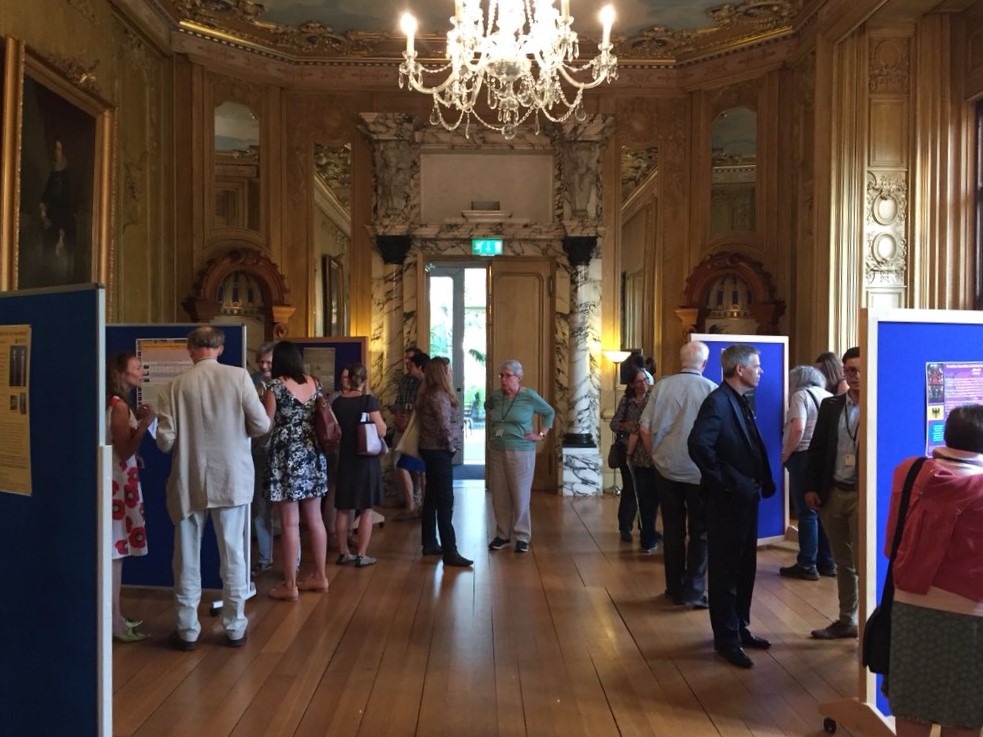
The Harlaxton Medieval Symposium prides itself on providing a welcoming and encouraging environment for both students and ECRs. In addition to offering two Dobson Scholarships, we also run a poster competition to allow students and ECRs to test out and present their research in a friendly academic environment, fostering discussion with other experts and established scholars in the field of medieval studies.
All PhD students or early career researchers who have been awarded a doctorate in the past two years are invited to submit a poster based on an aspect of their research at the 2023 Harlaxton Medieval Symposium. Posters should relate to any aspect of medieval history, art, or literature, and do not necessarily have to align with the theme of the symposium.
As in previous years, one evening of the symposium will be devoted to displaying the posters and giving delegates the chance to engage with students and ECRs. Participants will be required to give a short (5-7 minutes) presentation on the topic of their poster, and will be judged on the combination of the physical poster and the presentation. Posters will be displayed throughout the Symposium.
Entrants must have booked to attend the symposium, and will be expected to present on the evening of the competition. The winner will be announced at the Symposium dinner and a prize will be awarded. Those who present posters will be eligible to apply for one of our postgraduate bursaries to help cover travel costs (funds permitting).
Poster requirements
- Posters should be A2 in size and must be submitted in .pdf format.
- Text should be limited to a maximum of 800 words.
- A banner displaying your poster title, name, institutional affiliation, and department should be positioned at the top of the poster.
- Do not include hyperlinks.
- Posters must be emailed by midnight (BST) 31 July to harlaxtonsymposium@gmail.com.
- A short (5-7 minutes) presentation based on the poster must be given on the evening of the poster competition.
Poster guidelines
- Text should only occupy about a quarter of the poster space. Use images, graphs, maps, or other visuals to tell the story of your research
- Make it clear to the viewer what your research question is, why it is interesting, and any tentative or concrete conclusions you can draw.
- Consider providing indicators for how to read your poster by numbering individual panels or connecting them with arrows. Posters usually read from left to right, top to bottom.
- Leave some space in the design. An open layout is clearer and less tiring to the viewer than a densely-packed one.
- Think of your poster as an advertisement for your research project, not as the project itself. Your goal is to catch the viewers’ attention and engage their interest.
- You may wish to include a note on the sources of your information.
- Simplicity and clarity and essential. Keep to the point, and don’t try to cover too many things.
- The accompanying presentation should highlight the main themes and conclusions of the poster and your research. Powerpoint presentations are encouraged, but be sure to keep your presentation sharp and within the time limit.
For examples of posters submitted in previous years, see links below: